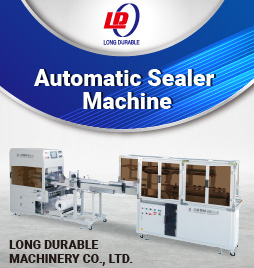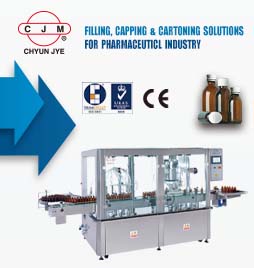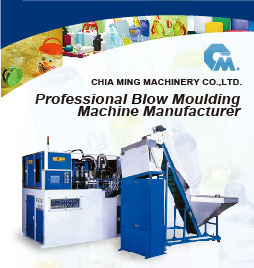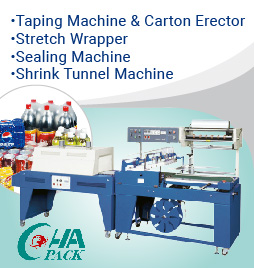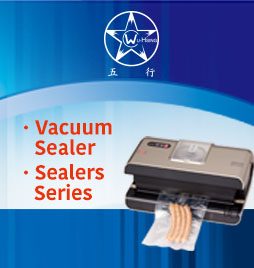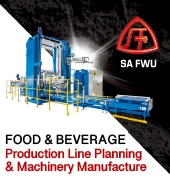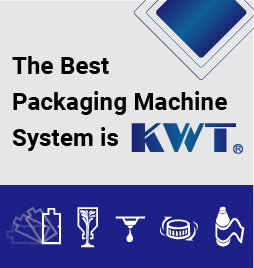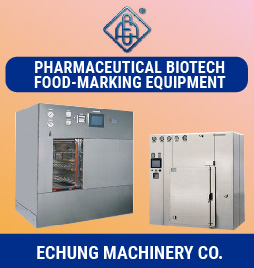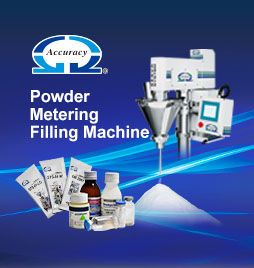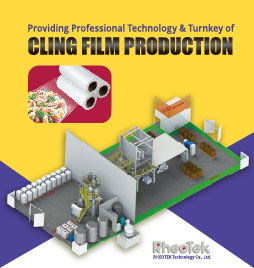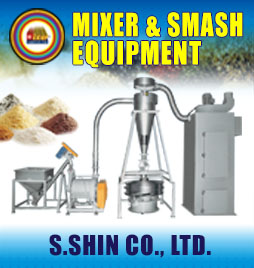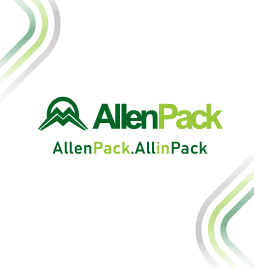FOUR TENDENCIES in snack packaging
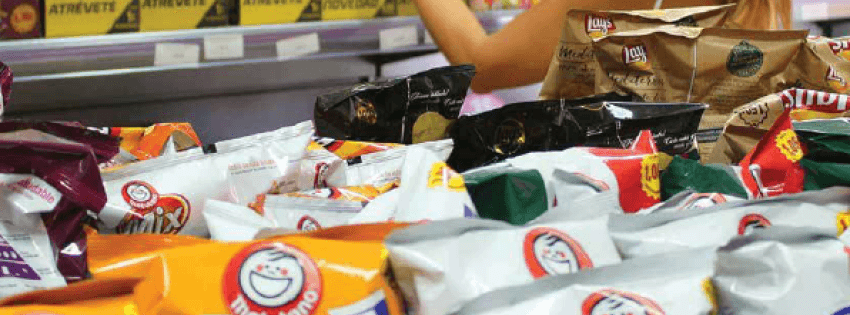
Today, consumers are more prone than ever to snack all day, even when they socialize over the weekend. Actually, sandwiches represent more than 50% of all occasions to eat. l Gil Horsky*
* Head of Global Innovation at Mondeléz International.
One of the most significant changes that occurred in the way people are consuming food is the way snacks are invading traditional meal times. The younger consumers are exchanging the three most traditional daily meals with five or six substantial snacks per day.
There are four tendencies to snack consumption trends which packaging and product designers can take advantage of so as to create combinations of products and packages that help win more consumers.
- Social snacks: consumers do not want to snack on their own. Sharing and personalization can turn the snack into a social activity.
- Nutrition is the mission: No matter whether it is addiction or functional ingredients to the restoration of health conditions and intolerances, snack companies must comply with the consumer welfare.
- Pure enjoyment: from chocolate inhalers to pastries with lollipops, smart producers are turning "appetizers" into "experiences" which are encouraging and enriching.
- Instant Everywhere: moving shopping lifestyles require new retail formats, for example, self-vending machines, which make the purchase of snacks instant, affordable and fun.
It is incredible to think it has just been a few decades ago when the category of packaged snacks barely existed, while today it is one of the food segments with the number of occasions of daily snacks in constant growth. With this growing role, snacks are increasingly present in the lives of people, while their expectations of these snacks are increasing.
An important element in this growth has been driven by the innovation in the packaging that made the products more "snackable" and available. But unfortunately, packaging remains the black sheep in the marketing world. Compared to other marketing levers, it does not get enough attention, and its impact is still underestimated by many food and snack manufacturers. However, Nielsen has shown that optimized packages generate an average of 5.5% increase in sales revenue, and can drive the test, build the value of the brand, and serve as a key means for communicating the work of an innovation.
A change in mentality that is still required by many manufacturers is the understanding that they should place the exploration and development of the packaging at the forefront of their innovation process. Some manufacturers are only focussing on the edible product and leave the package until the end of the process as an afterthought. This approach has shown that it does not work to exceed the expectations of consumers who are looking for new snack offers. The packaging requires the same attention by sellers and product developers as the appetizer.
Social snacks
Many people feel isolated and stressed, and are looking for more ways to connect with each other, especially with new tools available in the social networks. As snacks become an integral part of consumers' lifestyles, sharing them becomes another important way to create and increase social experiences.
The rapid technological development of digital printing and 3D printing has opened new possibilities in terms of the customization of products and packaging. A great example are the customized Oreo Colorellados packages, which consumers customize online, either for their own consumption or to share with their friends and family.
Mission: Nutrition
Allergies, intolerances and the rapid increase in conditions, such as obesity and diabetes, are changing the people’s opinion on snack. Being healthy is increasingly aspirational, since the consumers become more aware of the choices of the foods they consume.
This also means that consumers expect food companies to be part of the solution and not the problem.
Developing the correct positioning of the brand and the corresponding packaging design plays a key role in the effective communication of the benefits for the health of the consumer. I'm a big believer that—with respect to package design and health benefits—les is more. Therefore, it is essential to have a clean design with a unique benefit, making it clear on the packaging to the consumer that this product will help them improve their health.
A good example is Belvita Breakfast Biscuits, a product which is unique in its positioning and design of packaging that clearly communicates the benefit provided by "4 hours of constant and nutritious energy" to continuously feed the consumer's body.
Experiences of “pure enjoyment”
With the growth of post-materialist values, pursuing ease and expressing status is more than wealth. People look for experiences that really allow them to appreciate the moment, which also explains why Mindfulness has become such a significant trend.
This also transcends snacks, for example, from the research of consumers around the world, we know that the chocolate snack is often experienced as an intense moment of relaxation, momentarily relieving consumers of work and pressures in life by way of offering them the possibility of escapism and self-expression.
This means that snack manufacturers need to raise their game and offer experiences to consumers, and not just promote the food intake. Vendors and designers need to maximize the role of structure and package design in order to enhance those experiences of "pure enjoyment."
Recently, the United States launched the chocolate brand Green & Black in beautiful packages that present a library of chocolate bars made by experts and which enhance the consumer’s overall experience.
“Whif de France” is another example of a unique package structure, which creates a new way of consuming chocolate by "breathing" it instead of the traditional way of consuming chocolate through biting and chewing.
Instantly and anywhere
Time is an increasingly precious resource, and our multitasking lifestyles are driving the need for short solutions, in the same way as consumers expect products to simplify their lives. The hectic pace of modern life has driven the development of snacks and other on-the-go products. In fact and according to Mintel, the number of global launches of food and beverages increased by 54% in 2016.
The new package and product formats allow consumers to enjoy product categories that they have never been able to do before.
As a summary, the good news is that a sandwich does not need to comply with all four of these tendencies. The snack segment is big enough with multiple needs and occasions of the consumers, so the offers of individual snacks should focus on solving the consumers’ needs on specific occasions instead of trying to do too many things in a single offer.

